Understanding the female genitalia isn't just academic—it's a whole lot easier to be intimate with a partner if you know what makes them tick.
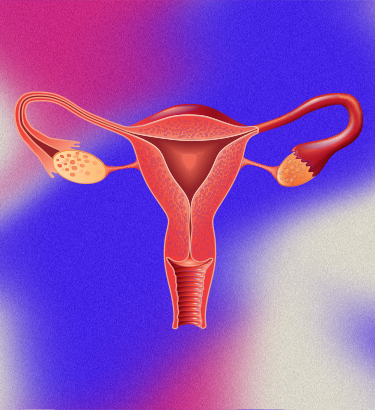
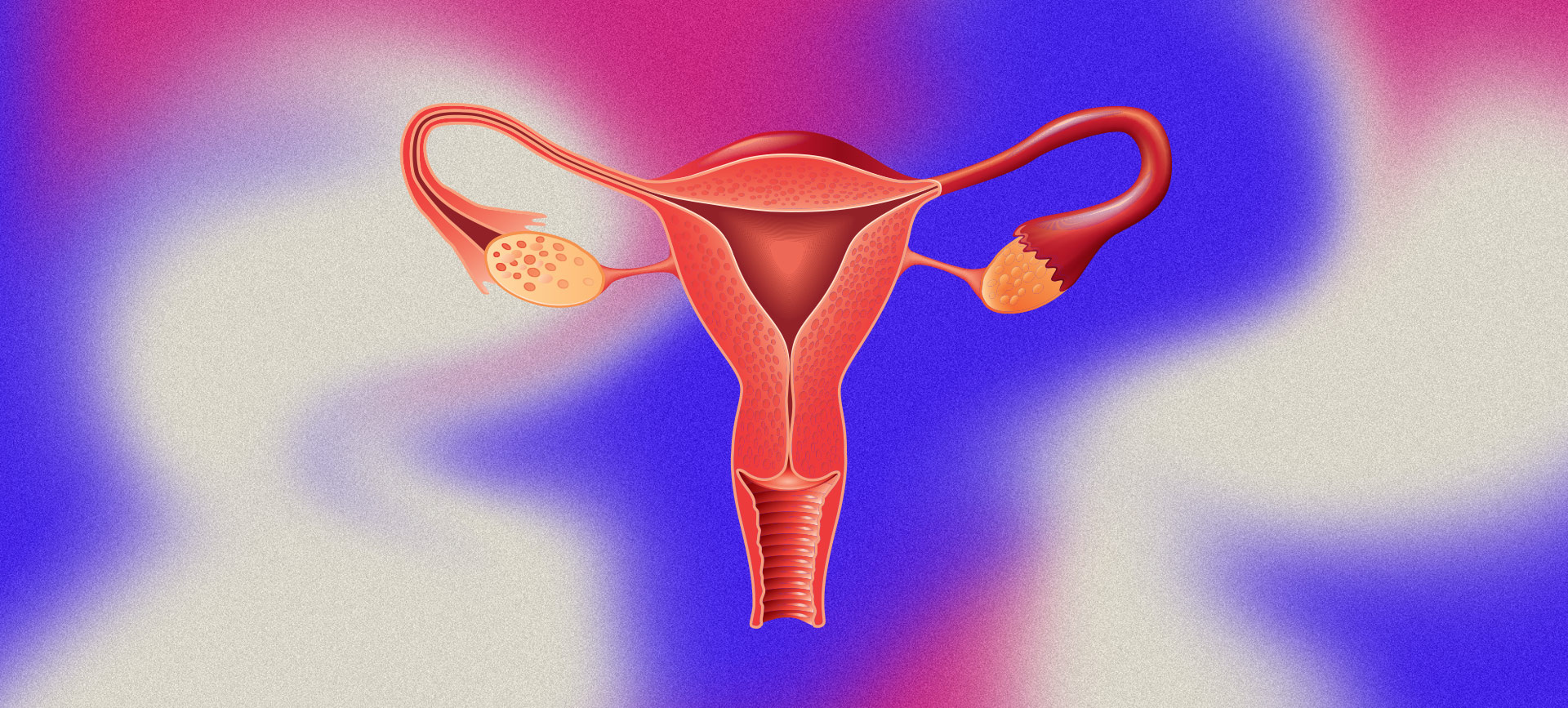
Anatomy of the Vagina: A Visitor's Guide
Welcome to the wonderful world of the vagina! We know—the intricate maze of lady parts can feel a little overwhelming, which is why we're here to guide you through. While an anatomy lesson might make you feel as if you're still in school, understanding the female genitalia isn't just academic—it's a whole lot easier to be intimate with a partner if you know what makes them tick. Plus, there's nothing sexier than a partner who actually understands your body. So come along with us on a journey through the anatomy of a vagina.
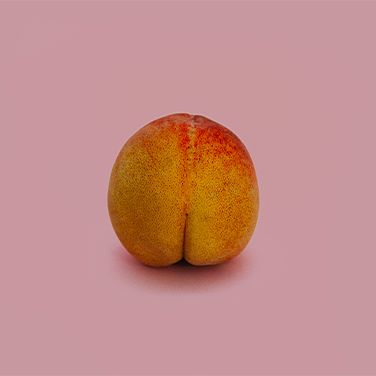

Let's begin with the exterior portion of the female genitalia—the vulva, which includes the mons pubis, clitoris, labia majora and minora, urethral and vaginal openings, and perineum. The vulva protects the internal female sex organs and serves as a gateway to the uterus. Key elements of female sexual arousal, vaginal lubrication and warmth are also facilitated by the vulva. A lot of people use the word "vagina" to describe what we can see—the outer female genitals—but in such cases, it's really the vulva being referenced.
Mons pubis
This fancy phrase refers to the inverted triangular fatty pad of tissue that protects the pubic bone. The mons pubis sits just above the clitoris and extends to the top of the pubic hairline. It's typically hairless in childhood and becomes covered with pubic hair during puberty. The color and amount of pubic hair varies by person, but it all sits upon the mons pubis.
Labia minora come in all shapes, sizes and colors.
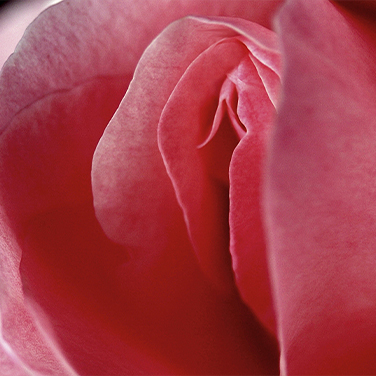
The clitoris is the most sensitive erogenous zone for women. The clitoris is a long, V-shaped structure with more than 15,000 nerve endings. It's composed of several parts: the glans and hood, the clitoral body, and the pair of cura and vestibular bulbs. The glans clitoris is a fleshy piece of tissue, about the size of a pea. It's what most people think of as the "clitoris" and is extremely sensitive to touch, containing more than half of all the clitoral nerve endings. (That's four times as many nerve endings as are found on the head of the penis.) Stimulation of the glans clitoris often plays an important role (and, for some, a necessary one) in reaching orgasm. The glans clitoris is found just below the clitoral hood, which is formed by the meeting of the labia minora. The clitoral hood may cover the glans partially or completely. Internally, the clitoris extends upward from the glans clitoris as the clitoral body, which attaches (via ligaments) to the pubic bone. The crura—two legs of tissue that form a "V" shape—split off from the body and extend alongside the labia toward the anus. The crura and the attached vestibular bulbs swell (from 50 to 300 percent) with arousal to increase lubrication and sensitivity, and can also be involved in orgasm.

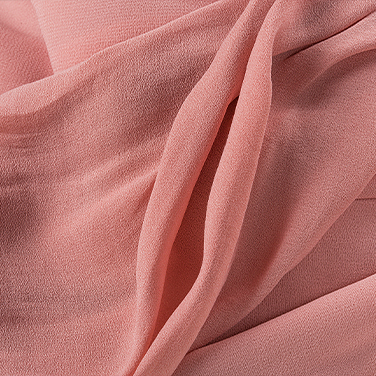
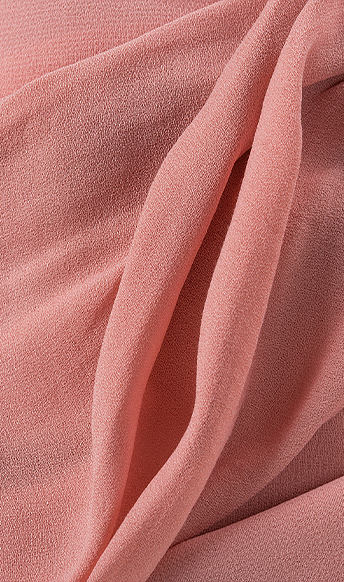
The labia majora—more commonly referred to as the outer labia, or outer lips—represent the external and larger of the two pairs of skin flaps, which surround the vaginal opening, protecting it and the urethral opening. The labia majora extend from beneath the mons pubis back to the perineum. The outer labia may cover the inner labia and clitoris, and serve as the primary visible portion of the vulva.
Urethral opening
To debunk a common fifth-grade misconception—the opening women use to have sex is not the same as the opening women pee through. The urethral opening is found between the labia minora, and functions as a way to release urine. Exposure to bacteria in this area can lead to a urinary tract infection (UTI).
Labia minora
Often termed the inner labia or inner lips, the labia minora protect the vaginal and urethral openings. At their anterior attachment, they form the hood of the clitoris, and extend back to the vaginal opening. The inner labia may be tucked inside the external labia, or extend out beyond them. Despite what you might have heard, there is no "normal" when it comes to the lips—labia minora come in all shapes, sizes and colors.
When a woman is sexually aroused, the vagina will lengthen and pull the cervix out of the way.
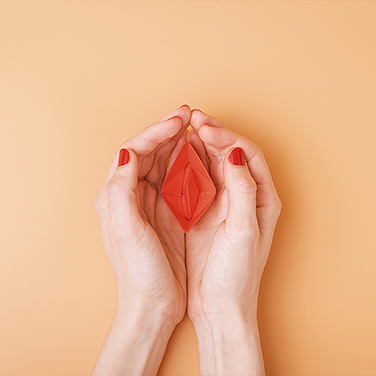
Now for a part you may be more familiar with, let's discuss the vaginal opening. Also known as the vestibule, or introitus, the vaginal opening is found between the inner labia and serves as the opening into the vagina. It allows vaginal discharge and menstrual blood to exit the body, and is the opening through which a baby is born during vaginal childbirth and a penis enters in vaginal sex. The hymen is a thin mucosal tissue that narrows the vaginal opening. A common misconception is that an intact hymen indicates virginity—but in reality, the hymen can be stretched or torn through both penetration and intense physical activity (cycling, horseback riding) or tampon insertion.
Perineum
The perineum refers to the area between the vagina and the anus (or scrotum and anus, in men), which contracts during urination and stretches during childbirth. During the latter, the perineum often tears to some degree and may require several stitches or, less commonly, surgery.
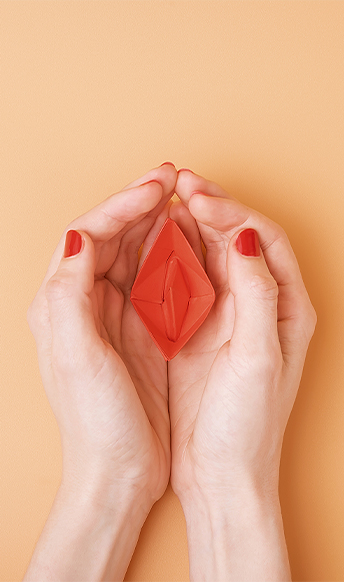
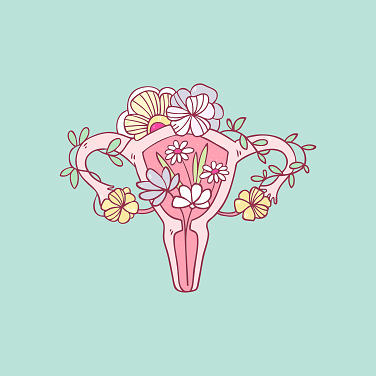
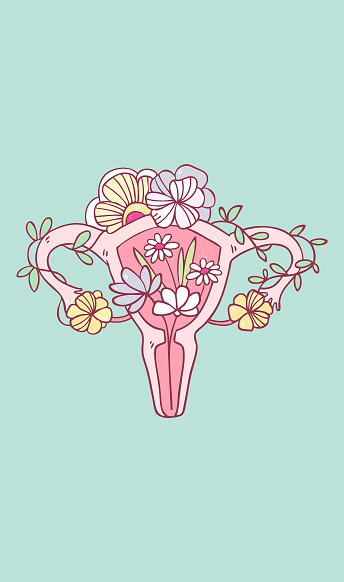
We now move on to the internal organs and start with the ovaries. The ovaries are two small, oval-shaped organs situated on either side of the uterus. They are the female reproductive organs, or gonads, which produce and secrete estrogen and progesterone hormones and store and control the release of eggs, or ova. Damage or removal of the ovaries could sever the ability to conceive naturally.
Fallopian tubes
Also known as the uterine tubes, salpinges or oviducts, the fallopian tubes connect the ovaries to the uterus. If an ova is fertilized by sperm, the egg is transported via the fallopian tube to the uterus for implantation. A rare complication, ectopic pregnancy, can occur when a fertilized egg implants outside of the uterus (usually in a fallopian tube) and requires emergency treatment.
Uterus
For any parents out there, before you held your baby in your arms, your kid grew in the warm embrace of the uterus. The uterus, or womb, sits between the bladder and the rectum, and functions to nourish a growing fetus until birth. Each month in which an embryo does not implant into the uterine walls, the endometrium lining of the uterus sloughs off, and over four to six days is discharged through the vagina as a viscous substance, with approximately 30 to 40 milliliters of blood. This is menstruation.

We'll move downward now into the cervix. The lower part of the uterus that connects it to the vagina, the cylindrical-shaped cervix is 1 inch in length and helps keep unhealthy things out of the uterus, supports pregnancy, prevents preterm labor and facilitates childbirth. When a woman is sexually aroused, the vagina will lengthen and pull the cervix out of the way. With that said, a penetrating penis or toy can reach and stimulate the cervix, possibly leading to orgasm for some women.
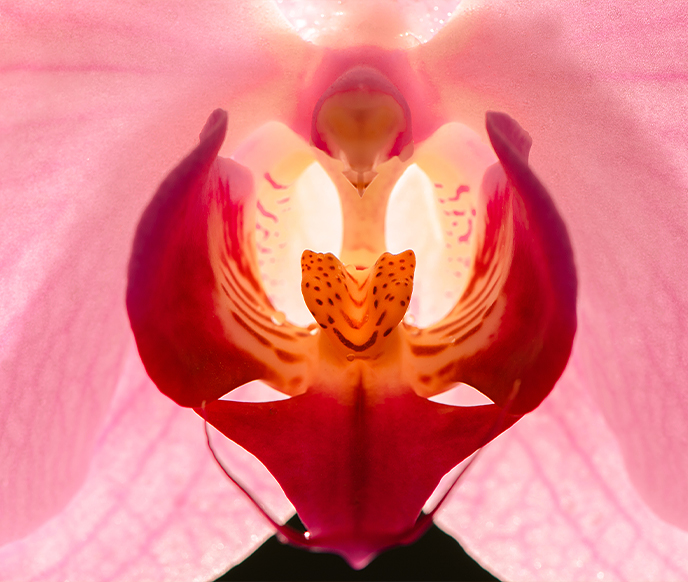
Only a quarter of women are able to orgasm from vaginal penetration alone.
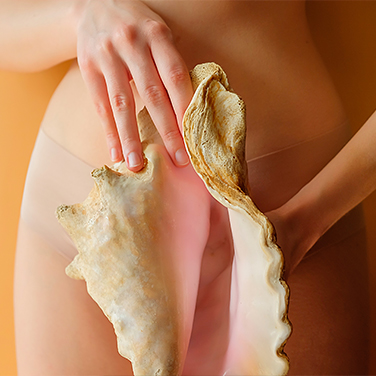
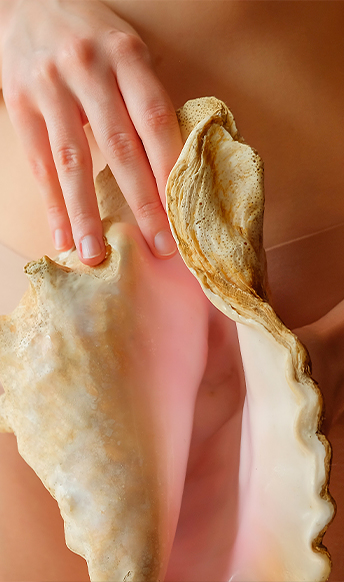
We've arrived at our last stop! As stated earlier, when most people reference the vagina, they're usually just talking about the visible outer parts—the vulva. However, the vagina is actually the 3- to 6-inch-long elastic, muscular canal that connects the vulva and the cervix. The vagina links the uterus to the outside world and is how menstrual blood and babies are passed from the body. It is the channel that is plugged by a tampon, and the means by which a woman is impregnated. It is also the means by which a woman can be sensually stimulated, by fingers, penises and sex toys. The vagina is lined with nerves and mucous membranes that provide lubrication. Its elasticity allows for flexibility, and when a woman is aroused, the canal actually expands to facilitate penetration. Despite its prominent role in sex, the vagina is not as sensitive as the clitoris—only a quarter of women are able to orgasm from vaginal penetration alone. That said, parts of the internal clitoris can be stimulated through the vaginal walls, such as the G-spot.
All right, travelers, our tour has come to an end. Armed with a basic understanding of female reproductive anatomy, visitors should be better equipped to navigate the (literal) ins and outs of a female partner, and to maximize her enjoyment during sex.
Armed with a basic understanding of female reproductive anatomy, visitors should be better equipped to navigate the (literal) ins and outs of a female partner.









